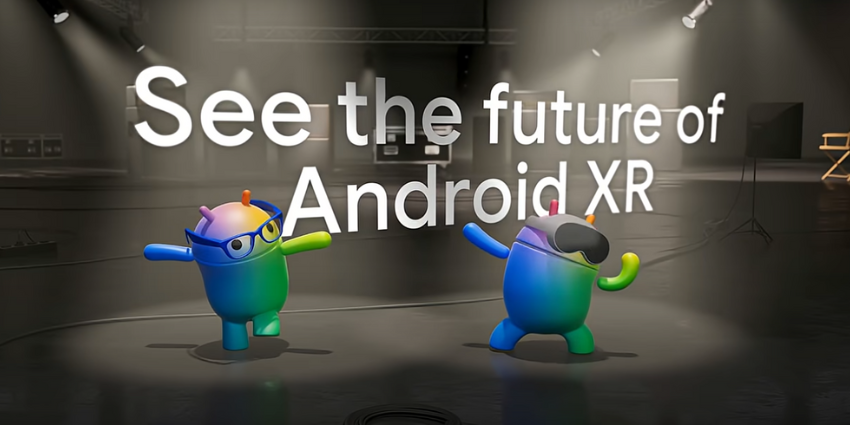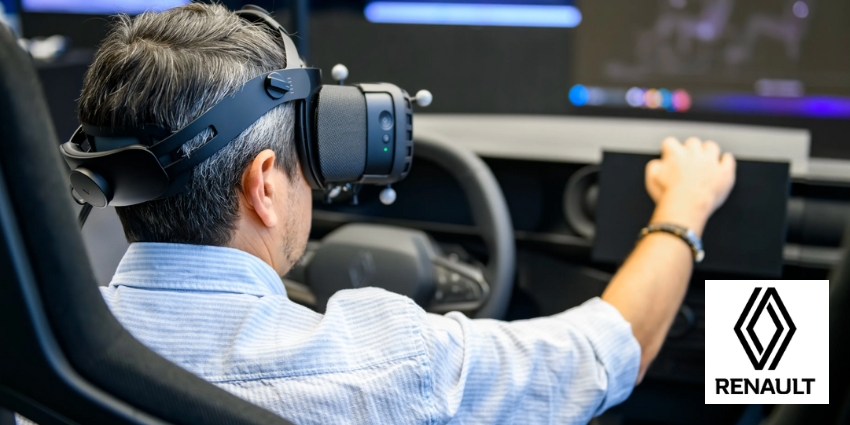This week, we’re tracking significant strategic shifts in the VR hardware market as companies refine their focus. We’re also highlighting exciting new collaborations pushing the boundaries of LiDAR, delving into promising innovations set to transform how we interact with virtual worlds.
Varjo Pulls the Plug on Gen 3 Headsets
After HoloLens announced its end-of-life period, Varjo revealed that it will end general support for its third-generation headsets, which include the Varjo XR-3, Varjo VR-3, and Varjo Aero. This discontinuation will take effect on January 1, 2026, allowing Varjo to concentrate on developing future hardware.
The firm stated:
As of January 1, 2026, general support for third-generation Varjo headsets will come to an end. This change allows us to focus fully on supporting and advancing the latest generation of Varjo devices: the XR-4 Series.
The devices listed will function normally until the end of 2025. However, beginning in 2026, users of the Varjo XR-3, VR-3, and Aero will no longer receive updates for Varjo Base, including both functional and security updates.
Additionally, Varjo has stated that it cannot guarantee compatibility with future versions of Windows operating systems, the SteamVR tracking runtime, NVIDIA GPU drivers, game engines, Varjo-compatible software, or third-party tracking systems.
Varjo will also discontinue customer and developer support for its range of Gen 3 devices. However, headset owners have the option to purchase a “Varjo Extended Compatibility Package.” This package will ensure compatibility with SteamVR, NVIDIA drivers, and current major versions of Windows, and it will provide critical security patches until January 1, 2028.
SolidVue and Lumotive Join Forces to Revolutionise LiDAR Technology
Recently, South Korean LiDAR sensor innovator SolidVue announced a strategic collaboration with the U.S.-based company Lumotive. This partnership aims to combine the technologies of both firms to advance the next evolution of LiDAR scanning systems.
The collaboration merges SolidVue’s advanced dTOF SPAD array receiver technology with Lumotive’s innovative Light Control Metasurface beamforming chip. This integration produces a system that offers high resolution, precision, and efficiency in LiDAR modules, catering to a wide range of industries.
Jung-Hoon Chun, Co-CEO of SolidVue, added:
By combining our advanced SPAD receiver technology with Lumotive’s cutting-edge beam steering chips, we aim to push the boundaries of what LiDAR systems can achieve. This collaboration is an important step toward realizing our mission of delivering high-resolution, reliable LiDAR sensor ICs to the global market.
EyeView360 Gains €150,000
Lancaster University’s School of Computing and Communications in the UK is developing EyeView360, an interaction method for VR headsets that leverages eye movement instead of head or body rotation.
EyeView360 has been awarded €150,000 through a Proof of Concept grant from the European Research Council (ERC). This builds upon previous ERC-funded research, which investigated how eye movements can enhance human-computer interaction.
This approach eliminates the need for exaggerated head and body movements and reduces the dependence on extra controllers. Project Lead Professor Hans Gellersen explained:
This is a very exciting project for us, as it applies my team’s fundamental research on eye movement to a very practical problem, of enabling users to look around a virtual environment while sitting comfortably. It applies our research on eye movement to a very practical problem, enabling users to explore digital environments without excessive effort.







